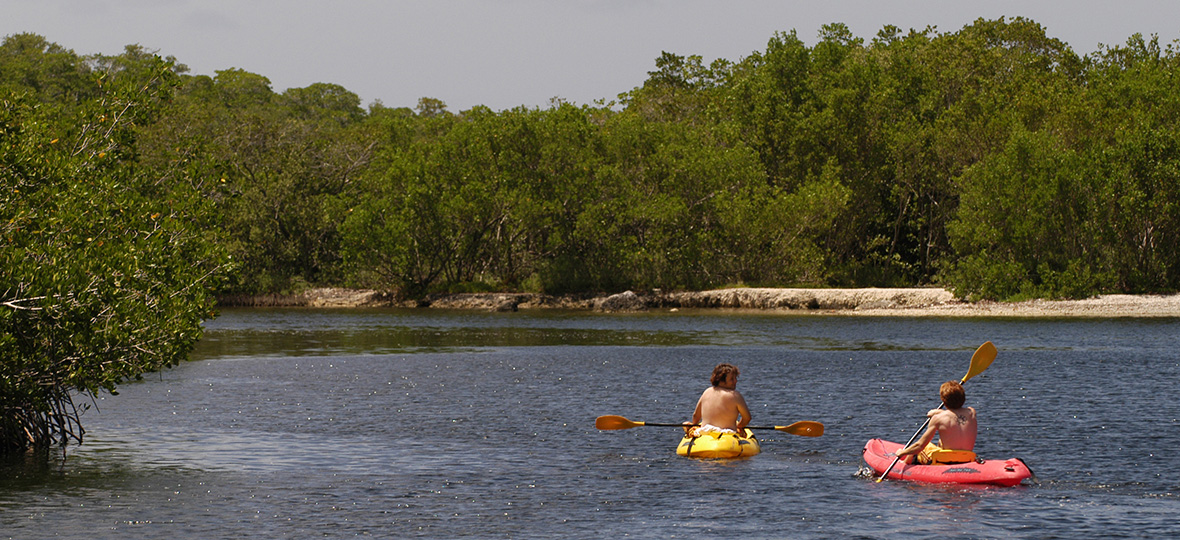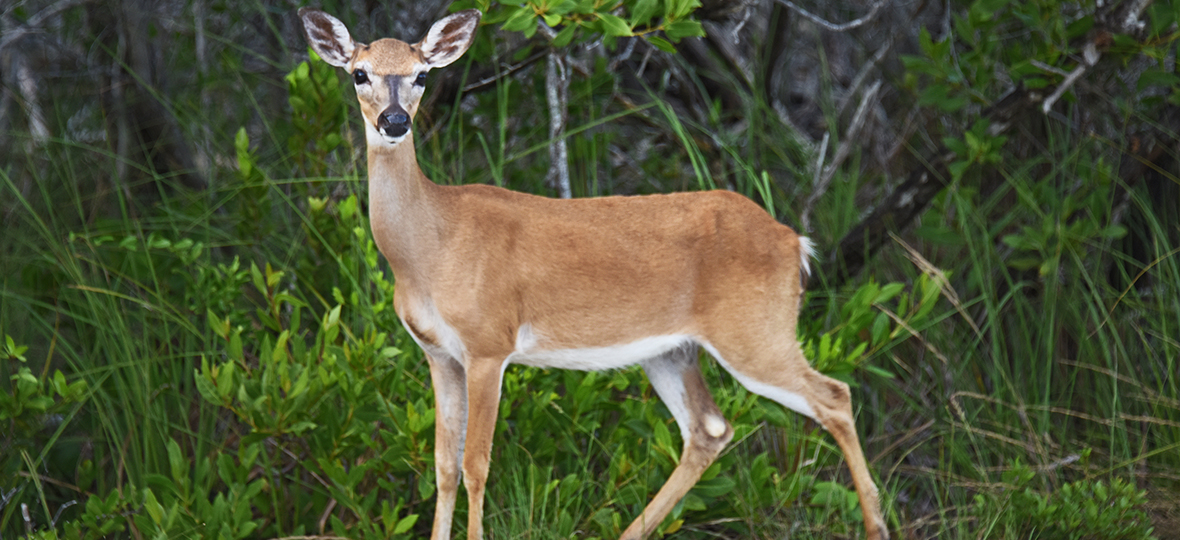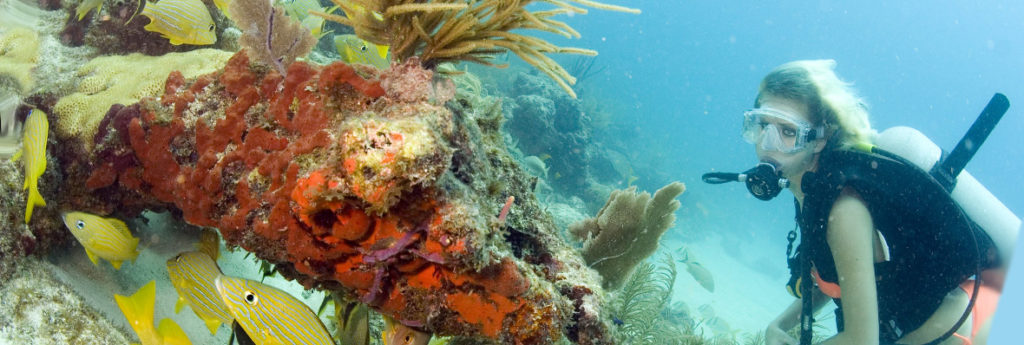With 1,700 islands, there are few places more vulnerable to the ebbs and flows of the environment than the Florida Keys, an eco-paradise of beaches, shallow-water flats, mangrove islets and coral reefs that provide habitat for a vast array of wildlife, not to mention the approximately 80,000 people who live on the archipelago.
Indeed, the Lower Keys was “ground zero” for Hurricane Irma in 2017, which devastated much of the region and whose effects still linger in some locales today.
With this in mind, along with the more widespread vestiges of global warming and environmental degradation, the Florida Keys & Key West is focussing on sustainability in 2020 with an initiative dubbed “Connect & Protect,” which aims to align with “community efforts to sustain precious natural resources… continue to unveil ways to preserve the Keys’ environment, and connect visitors who love the outdoors to the island chain’s unmatched beauty.”
Keys tourism exec Ashley Serrate says, “We have always been conscious (of the environment),” but points out that consumers are becoming “more aware of the impact of their travel,” and that younger travellers, in particular, “want to be better.”
“So, if we encourage that by doing more to publicize efforts that have been going on for along time, we will,” she says.
At the same time, residents of the Keys, including those working in the vital tourism industry are equally engaged in the inexorable shift to sustainability, she says. “It could be something as simple as switching to paper straws, or not serving straws at all.”
Other important efforts include water operators providing reef-friendly sunscreen (it will be illegal to sell regular sunscreen as of Jan. 1, 2021). There’s even one that now uses solar-boat boats.
“You’ll see that across the Keys,” Serrate says of such incremental efforts. “Small shifts are going to make a huge difference.”
But there are also larger ongoing efforts at play, such as replanting and preserving coral along the Florida Reef Tract. For example, The Reef Environmental Education and Coral Restoration foundations in the Upper Keys protect and restore precious underwater coral reefs, with the latter even inviting divers to CoralPalooza (currently still scheduled for June 6) to lend a hand during a weekend dedicated to promoting awareness of coral reefs. In 2019, 250 divers at the event returned 1,760 corals to the wild, while the organization replanted close to 23,000 corals during the course of the year.

Another program, dubbed “Mission: Iconic Reefs,” intends to raise US$100 million to restore nearly 914 million sq. m. – an area about the size of 52 football fields – of the Florida Reef Tract, which, since 1970, has been damaged by tropical cyclones, heat-induced coral bleaching, cold snaps and disease.
At the same time, aviaries such as the Middle Keys’ Marathon Wild Bird Center and the Key West Wildlife Center are working to rehabilitate and nurture injured wild birds and, whenever possible, return them to the wild, while The Turtle Hospital in Marathon has been attending to injured turtles since 1986, and boasts a vast network of volunteers throughout the Keys.
The hospital also welcomes visitors to see their efforts, and the turtles, first-hand and learn about turtle conservation (entrance/tour fees fund the hospital work) as well as inviting the public to release events, such as on Dec. 29 when an 189-kg juvenile green sea turtle called “Allie” was released in the Florida Keys National Marine Sanctuary after residing at the facility for about seven months.
Meanwhile, attractions like the new Florida Keys National Wildlife Refuges Nature Center, which showcases the Keys’ four federally protected refuges with exhibits, interactive events and a non-profit nature bookstore, seek to educate and visitors on the Keys environmental advantages, and the pitfalls that could destroy them.
Similarly, the new, free The Florida Keys & Key West Travel App, launched by the Monroe County Tourist Development Council to encourage safe driving and sightseeing along the Florida Keys Overseas Highway (US Highway 1) also raises awareness of the “Connect & Protect” initiative with a section on Keys sustainability that encourages low-impact exploration and fosters awareness of voluntourism, ecotourism and green travel experiences available in the island chain. The app offers two driving tours between Key Largo and Key West that gives drivers advance notice of upcoming attractions such as the Florida Keys Wild Bird Center, National Key Deer Refuge, and Bahia Honda and John Pennekamp Coral Reef state parks.

The accommodation sector is also increasingly getting on board, with new options including, for example, the four-room boutique-style Deer Run on the Atlantic on Big Pine Key, a Florida-certified green lodging that has reopened in the heart of the National Key Deer Refuge and is 100 percent vegan and which uses organically sourced bedding, supplies and food.
There’s also 20 new eco tents for overnight camping stays in the Everglades National Park’s Flamingo region.
Serrate notes that the Florida Keys, by nature of its natural attributes, is ideally suited to being a sustainable destination, observing, “You can go jet skiing anywhere, but in the Keys you can go back country kayaking.”
And to that end, she says, “We are stewards of the Keys! After all, it’s our backyard.”

